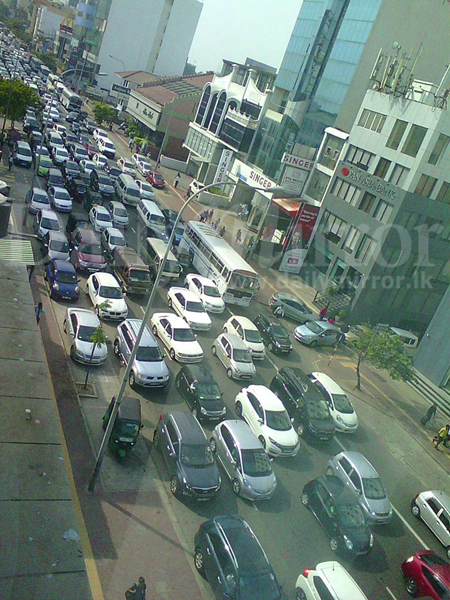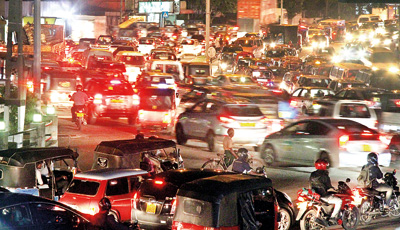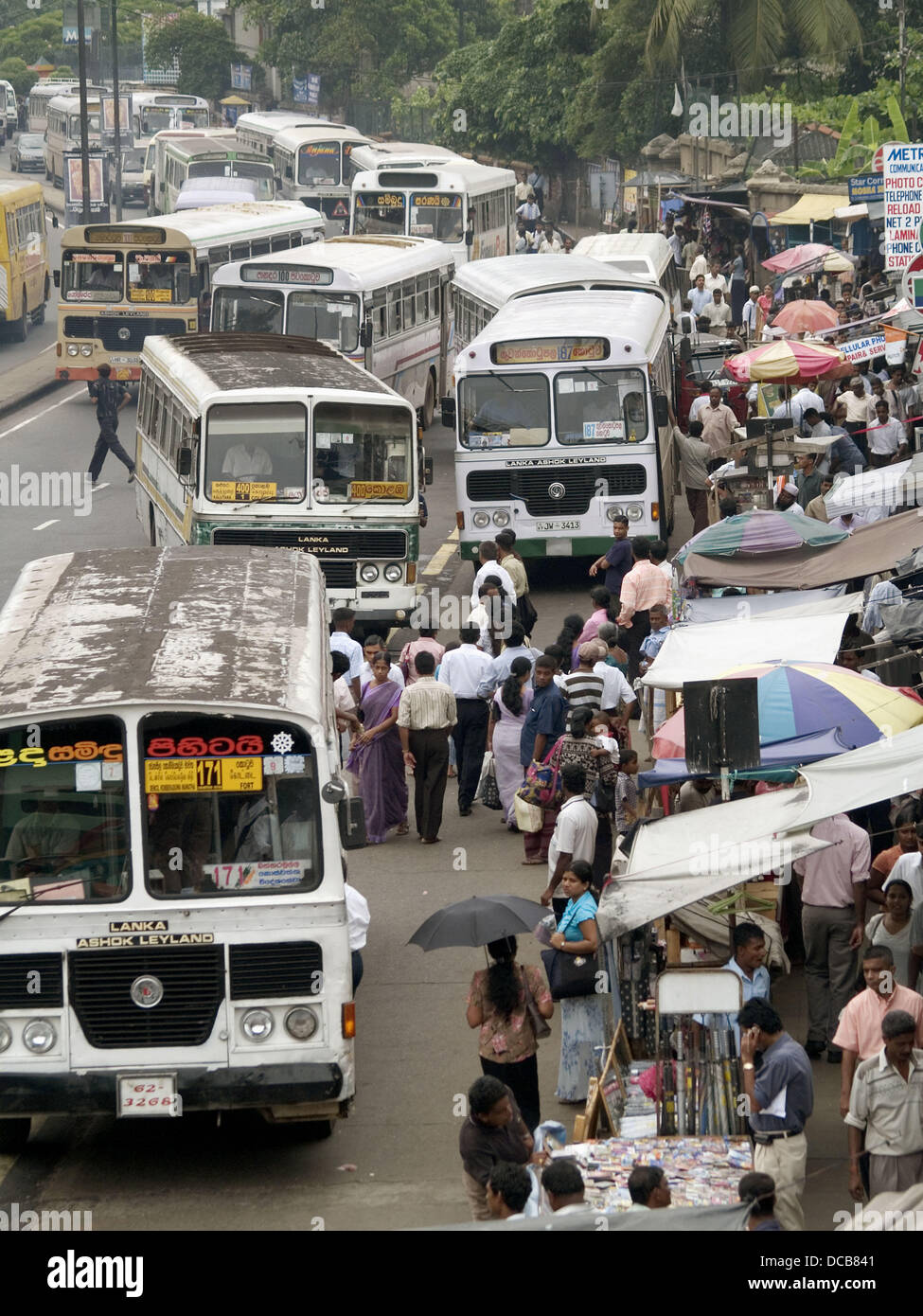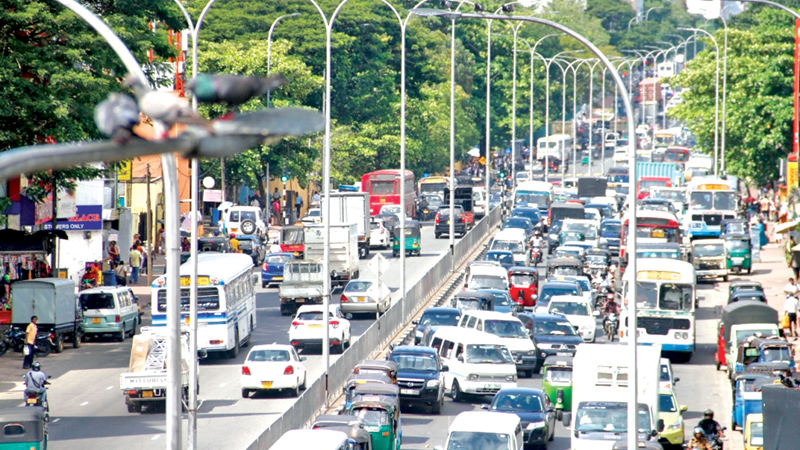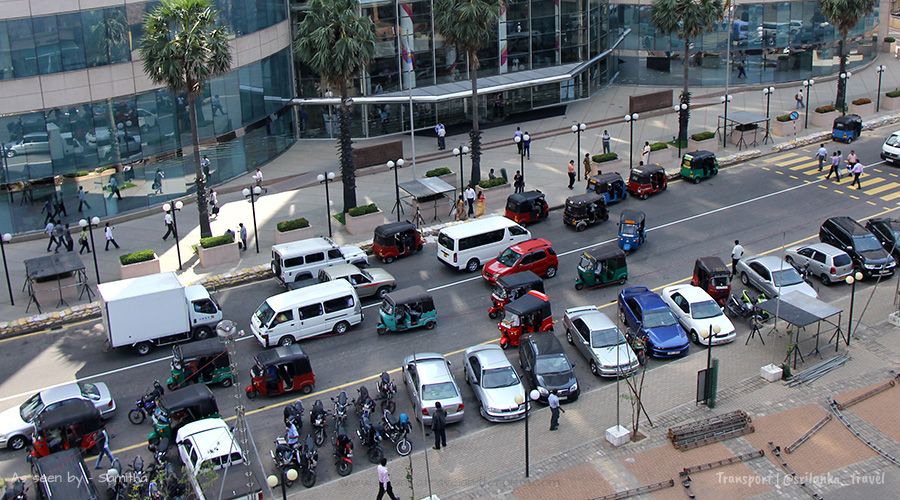Traffic in Colombo city, the capital of Sri Lanka, is a major problem that affects the daily lives of its residents and visitors. The city has a population of over 2 million people and is a hub of economic activity, with a high demand for transportation. However, the city's infrastructure has not kept pace with its growth, leading to serious congestion on the roads.
One of the main causes of traffic in Colombo city is the lack of a comprehensive public transportation system. While the city has a bus system, it is often unreliable and overcrowded, leading many people to rely on private transportation such as cars, motorcycles, and tuk-tuks. This has led to an increase in the number of vehicles on the roads, resulting in congestion and long travel times.
Another factor contributing to traffic in Colombo city is the lack of proper planning and infrastructure. The city's roads are narrow and often not well-maintained, leading to bottlenecks and accidents. In addition, the city does not have a comprehensive system of traffic lights and signals, making it difficult for drivers to know when to stop or go. This can lead to confusion and further contribute to congestion.
The lack of proper public transportation and inadequate infrastructure are not the only factors contributing to traffic in Colombo city. The city also has a high population density, with many people living in close proximity to one another and often needing to travel to work or school. This puts a strain on the transportation system and contributes to the congestion on the roads.
To address the problem of traffic in Colombo city, the government and other organizations have implemented various measures. These include the development of a mass transit system, such as a light rail or metro, as well as the construction of flyovers and bypasses to improve the flow of traffic. In addition, efforts have been made to improve the public transportation system by increasing the number of buses and improving their reliability.
Despite these efforts, traffic in Colombo city remains a major problem. To truly address the issue, there needs to be a comprehensive approach that addresses the root causes of the congestion, including the lack of proper planning and infrastructure, the high demand for private transportation, and the city's high population density. By taking a holistic approach, it may be possible to improve the traffic situation in Colombo city and improve the quality of life for its residents and visitors.
